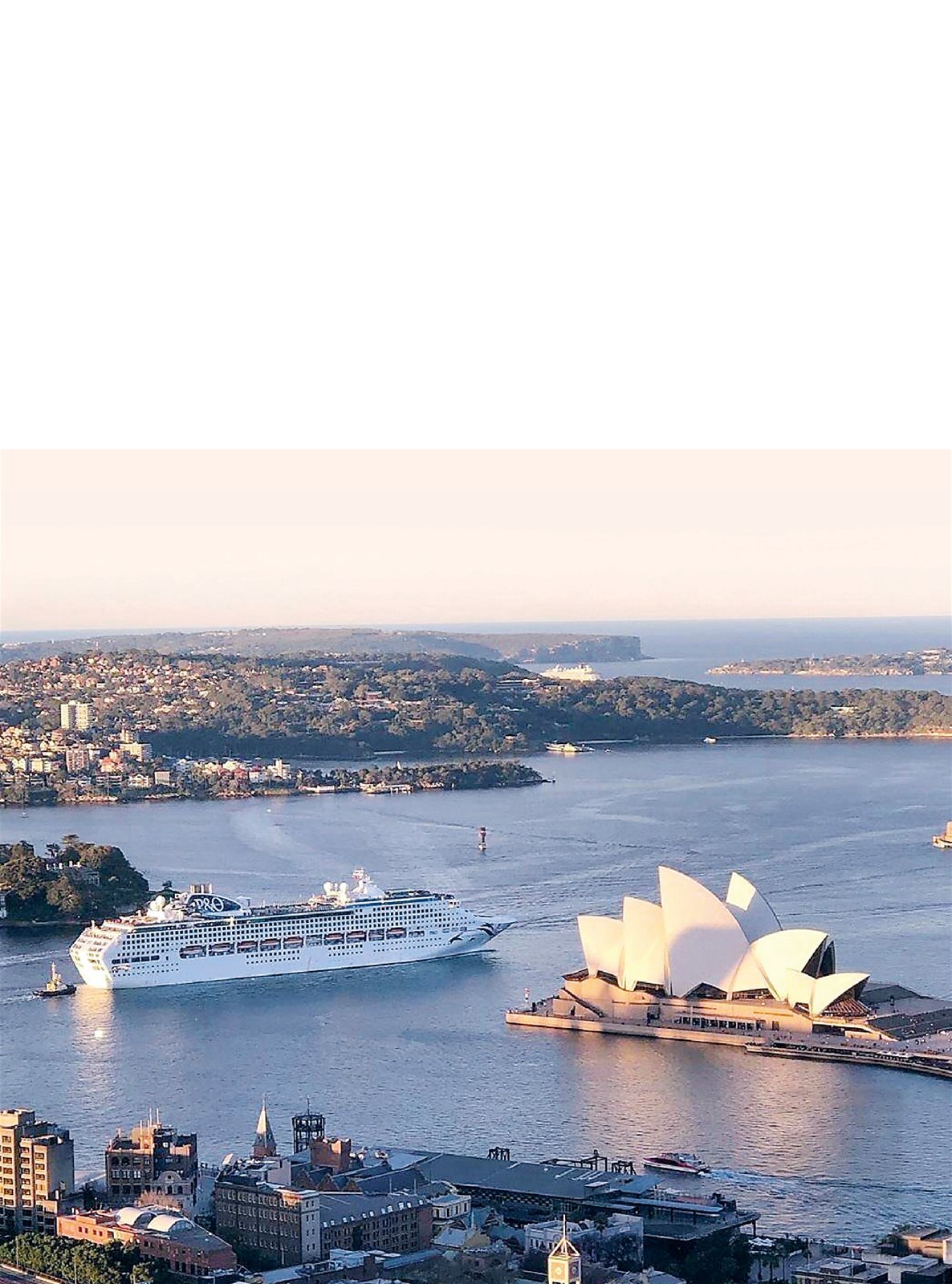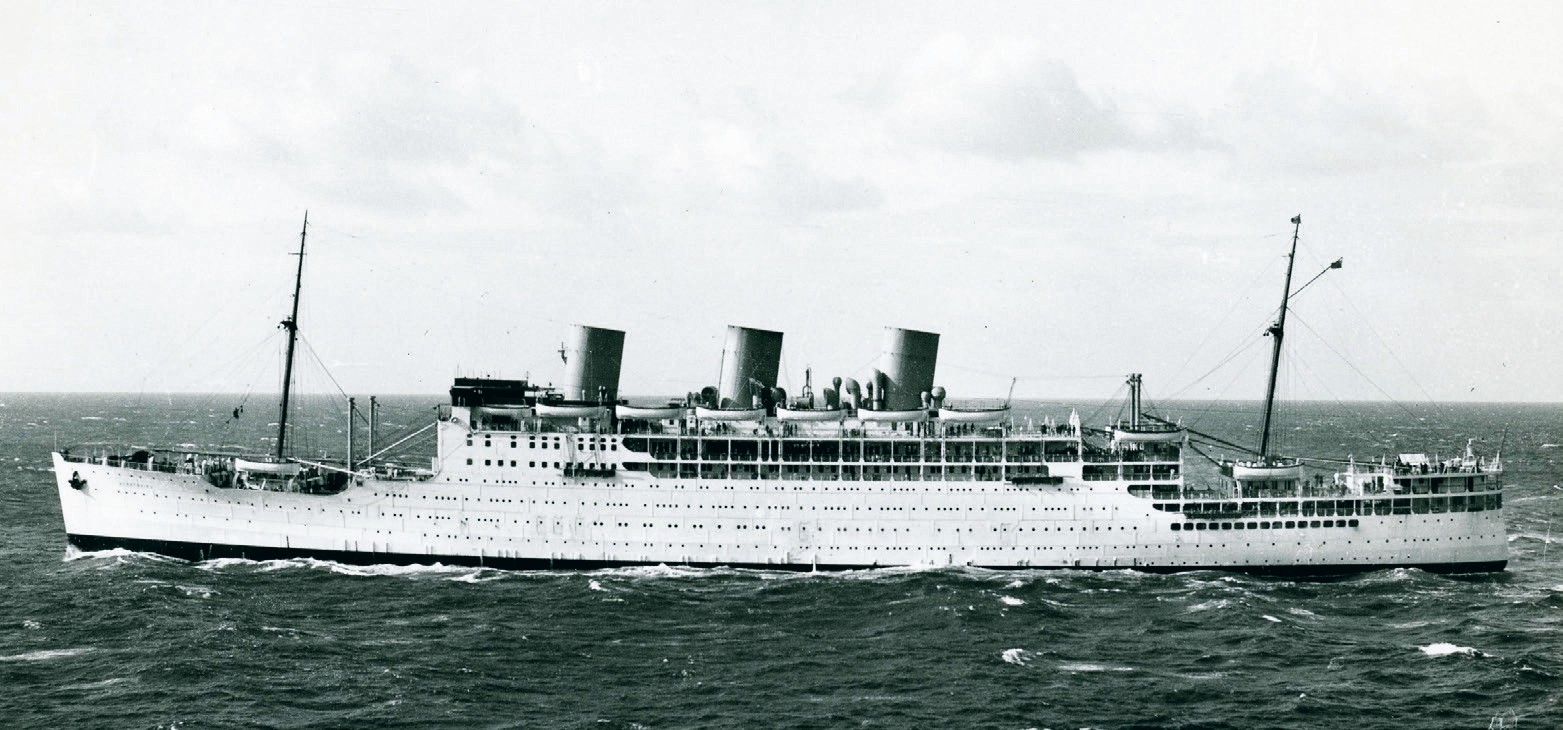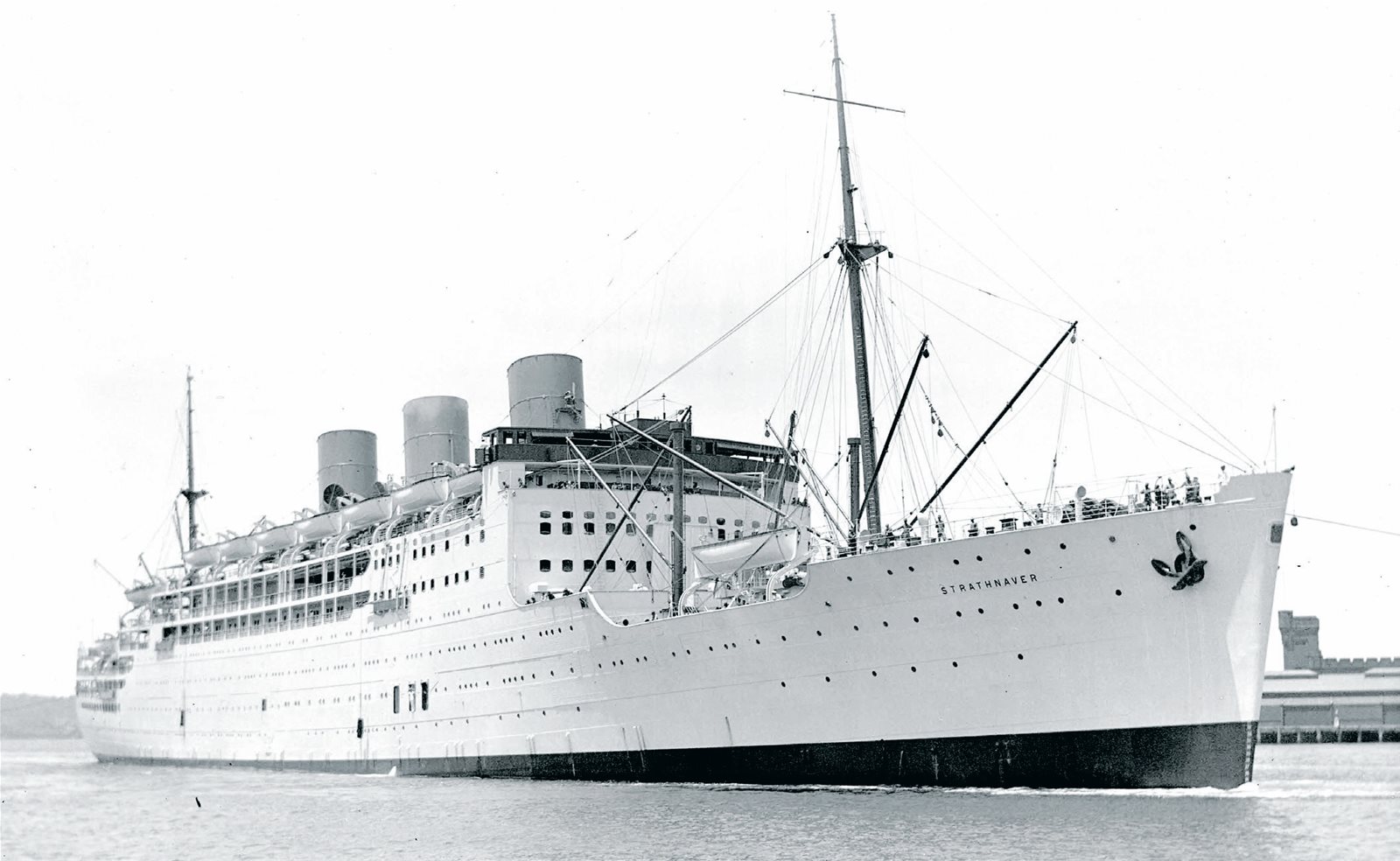
Pacific Explorer passing
the iconic Sydney Opera
House. Previously
Dawn Princess, she was
operated by P&O Cruises
Australia from June 2017
having been built by
Fincantieri in 1997.
One of the most storied names in Australian passenger shipping and a pioneer in cruising, P&O, is disappearing in 2025, as its corporate owners look to improve financial performance. The end of the P&O brand ‘down under’ not only closes a long history of liner services and cruising going back to the 1830s and the glory of the British Empire, but also ends the heritage of Orient Line and Sitmar, which both helped to build the Australian cruising market before becoming part of P&O Australia.
Orient Line and P&O each played a critical role in the liner service connecting the UK and Australia. During the 1870s both P&O (Peninsular & Oriental Steam Navigation Co) and Orient Line (Orient Steam Navigation Co) established regular services between Britain and Australia, and played a vital role in the migration of countless Britons to the Commonwealth. The liner services, however, began to fade in the 1960s with competition from Shaw Shavill, Sitmar, Chandris and others. By the 1970s, P&O Australia was exclusively a cruise company.

The 1932-built Strathard, the second of five ‘Strath’ ships, primarily served P&O’s UK-Australia route. Known for her luxurious amenities, the ship catered to a growing number of travellers seeking to experience long-distance voyages. After a successful service career, which included employment as a troop carrier between 1939 and 1945, Strathard was retired in 1961 and scrapped in Hong Kong.
Cruising arrived relatively late in Australia. P&O is recognised as the pioneer in Mediterranean and European cruising long before October 1932, when the company announced its intention to run an ‘experimental cruise’ from Australia during the Christmas holiday season.
Contemporary reports said travellers had been asking for cruises similar to those of the UK market. P&O announced that its new liner, Strathaird (23,722gt), which entered service in February 1932, would make a six-day cruise from Sydney departing 23 December 1932. The programme called for a one-day port call at Norfolk Island, best known as a British colonial penal colony, and for handling the overflow population from the Bounty mutineers living on Pitcairn.
P&O made the interesting choice to use one of its stylish new liners. Strathaird and her sister Strathnaver were P&O’s first ‘white ships’, and the largest yet built for the line. Technologically advanced, they were turboelectric liners and had a service speed of 22 knots. They had accommodation for 500 passengers in First class and 688 in Tourist class.
The first cruise for Strathaird reportedly sold out in just a day. P&O accepted 1,100 passengers but continued to run the liner in two classes on the cruise. To provide added comfort, P&O installed equipment to show ‘talking pictures’ (movies) as well as a wireless set (radio) so they could hear news reports. Not to be outdone, two weeks after P&O’s announcement Orient Line released details of its first Australian cruise, with reports suggesting that, based on rumour, people had already started calling Orient’s agents to ask if there would be a cruise. Oronsay (20,001gt), built in 1925 with accommodation for 1,800 passengers, would depart on 24 December 1932, and travel approximately 2,400 miles to Noumea, New Caledonia. The cruise was longer than P&O’s, scheduled to last 11 days, but it also sold out, being limited to 560 passengers.

The 1931-built Strathnaver was one of the five Strath-class liners built by the Vickers-Armstrong shipyard at Barrow-inFurness. Strathnaver was launched on 5 February 1931, completed in September 1931 and left Tilbury on her maiden voyage on 2 October 1931. She remained in service for just over 30 years, being scrapped in April 1962.
AUSTRALIA NATIONAL MARITIME MUSEUM